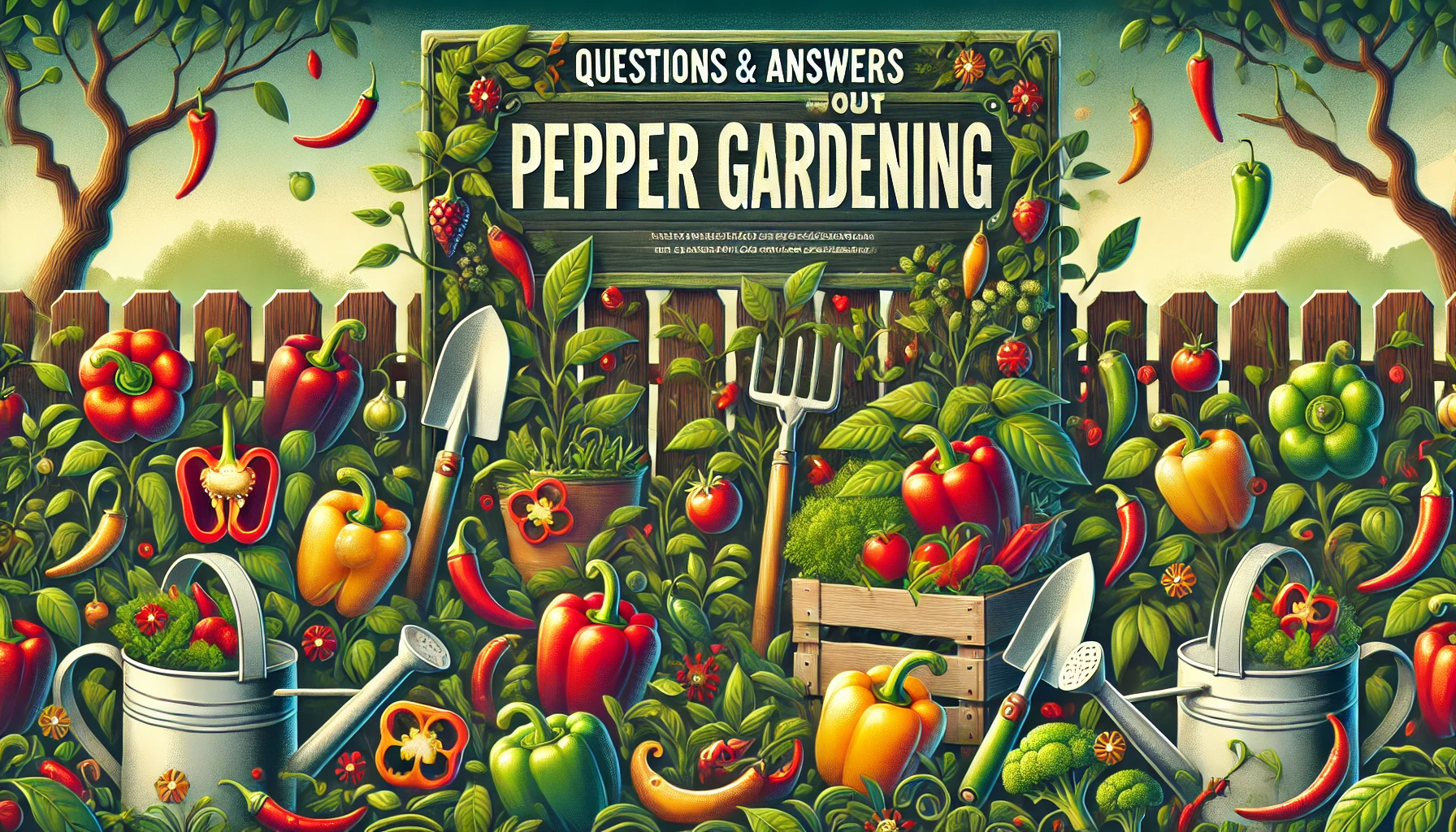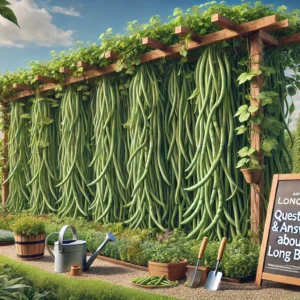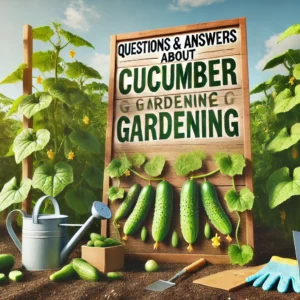1. What is pepper gardening?
Pepper gardening is the cultivation of pepper plants for their fruits, which are used in cooking for their spicy or sweet flavor.
2. What types of peppers can I grow?
You can grow a variety of peppers including bell peppers, jalapeños, habaneros, and chili peppers.
3. Where should I plant peppers?
Plant peppers in a sunny spot with well-drained soil that has good air circulation.
4. When is the best time to plant peppers?
Plant peppers after the last frost date in your area when the soil has warmed up, typically in late spring or early summer.
5. How do I prepare the soil for pepper plants?
Prepare the soil by adding compost or well-rotted manure to improve fertility and drainage.
6. How deep should I plant pepper seeds?
Plant pepper seeds about ¼ inch deep in the soil.
7. How often should I water pepper plants?
Water pepper plants regularly, keeping the soil consistently moist but not waterlogged.
8. How do I fertilize pepper plants?
Fertilize pepper plants with a balanced fertilizer once a month during the growing season.
9. Do pepper plants need support?
Some pepper plants, especially larger varieties like bell peppers, may benefit from staking or caging to support their weight.
10. How do I control pests on pepper plants?
Control pests on pepper plants by hand-picking them off, using insecticidal soap, or planting companion plants that repel pests.
11. What diseases affect pepper plants?
Pepper plants can be affected by diseases such as bacterial spot, powdery mildew, and blossom end rot.
12. How do I prevent diseases in pepper plants?
Prevent diseases by planting disease-resistant varieties, practicing crop rotation, and avoiding overhead watering.
13. When are peppers ready to harvest?
Peppers are ready to harvest when they reach their full size and color, usually 60-90 days after planting.
14. How do I harvest peppers?
Harvest peppers by using scissors or pruning shears to cut them from the plant, leaving a short stem attached.
15. Can I eat peppers that are green?
Yes, you can eat green peppers, but they are less sweet and flavorful than fully ripe peppers.
16. How do I store harvested peppers?
Store harvested peppers in the refrigerator in a perforated plastic bag for up to two weeks.
17. Can I freeze peppers?
Yes, you can freeze peppers by slicing them and placing them in a single layer on a baking sheet before transferring them to a freezer bag.
18. How do I save pepper seeds for planting?
Save pepper seeds by allowing the peppers to fully ripen on the plant before removing the seeds and drying them thoroughly.
19. Can I grow peppers in containers?
Yes, peppers can be grown in containers as long as the container is large enough and has drainage holes.
20. How much sunlight do pepper plants need?
Pepper plants need at least 6-8 hours of sunlight per day to thrive.
21. What is the difference between hot and sweet peppers?
Hot peppers contain capsaicin, which gives them their spicy flavor, while sweet peppers do not.
22. How do I know if a pepper is hot?
You can tell if a pepper is hot by its size, shape, and color, as well as by tasting a small piece.
23. Can I grow peppers indoors?
Yes, you can grow peppers indoors as long as they receive adequate sunlight or supplemental grow lights.
24. How do I pollinate pepper plants?
Pepper plants are self-pollinating, but you can help pollination by gently shaking the plants or using a small paintbrush to transfer pollen between flowers.
25. How do I prune pepper plants?
Prune pepper plants by removing any dead or diseased foliage, as well as any suckers that may develop.
26. How long do pepper plants live?
Pepper plants are typically grown as annuals, but they can live for several years if protected from frost.
27. Can I grow peppers from cuttings?
Yes, you can grow peppers from cuttings by taking stem cuttings from a healthy plant and rooting them in water or a rooting medium.
28. How do I transplant pepper seedlings?
Transplant pepper seedlings into the garden after hardening them off by gradually exposing them to outdoor conditions.
29. How do I prevent pepper plants from falling over?
Prevent pepper plants from falling over by providing support such as stakes or cages, especially as they become laden with fruit.
30. How do I know if my pepper plants need water?
Check the soil moisture by sticking your finger into the soil; if it feels dry an inch below the surface, it’s time to water.
31. Can I grow peppers hydroponically?
Yes, peppers can be grown hydroponically using a nutrient solution instead of soil.
32. How do I identify nutrient deficiencies in pepper plants?
Nutrient deficiencies in pepper plants can be identified by symptoms such as yellowing leaves, stunted growth, and poor fruit development.
33. How do I prevent blossom drop in pepper plants?
Prevent blossom drop by ensuring consistent soil moisture, avoiding temperature extremes, and providing adequate pollination.
34. How do I protect pepper plants from extreme heat?
Protect pepper plants from extreme heat by providing shade cloth or planting them in a location with afternoon shade.
35. How do I deter animals from eating my pepper plants?
Deter animals by using fencing, repellents, or planting companion plants that animals dislike.
36. Can I grow peppers alongside other vegetables?
Yes, peppers can be grown alongside other vegetables such as tomatoes, basil, and onions.
37. How do I encourage more fruit production in pepper plants?
Encourage more fruit production by pinching off the first flowers, providing consistent water and nutrients, and avoiding stress.
38. Can I use mulch around pepper plants?
Yes, mulch can help conserve soil moisture and suppress weeds around pepper plants.
39. How do I know if my peppers are ripe?
Peppers are ripe when they reach their mature color, which varies depending on the variety.
40. How do I prevent sunscald on pepper fruits?
Prevent sunscald by providing shade during the hottest part of the day and avoiding overhead watering that can magnify sunlight.
41. How do I make my own organic fertilizer for pepper plants?
Make organic fertilizer by composting kitchen scraps, manure, and other organic materials.
42. Can I grow peppers from store-bought seeds?
Yes, you can grow peppers from store-bought seeds, but it’s best to choose organic, non-GMO seeds if possible.
43. How do I protect pepper plants from frost?
Protect pepper plants from frost by covering them with frost blankets or bringing them indoors if frost is predicted.
44. How do I harvest seeds from peppers?
Harvest seeds by cutting open ripe peppers, removing the seeds, and drying them thoroughly before storing.
45. Can I grow peppers in raised beds?
Yes, peppers can be grown in raised beds filled with a mixture of compost, soil, and other organic materials.
46. How do I prevent pepper plants from becoming overcrowded?
Prevent overcrowding by spacing pepper plants according to their mature size and providing adequate air circulation between plants.
47. Can I grow peppers in a greenhouse?
Yes, peppers can be grown in a greenhouse where you can control temperature, humidity, and other growing conditions.
48. How do I prevent blossom end rot in pepper plants?
Prevent blossom end rot by maintaining consistent soil moisture, avoiding over-fertilization with nitrogen, and ensuring adequate calcium uptake.
49. Can I grow peppers from store-bought transplants?
Yes, you can grow peppers from store-bought transplants, but be sure to choose healthy plants and transplant them carefully into the garden.
50. How do I extend the pepper growing season?
Extend the growing season by starting peppers indoors earlier, using row covers or cold frames to protect plants from frost, and choosing early-maturing varieties.




Pingback: How to Fertilize Pepper Plants - Backyard Botanist